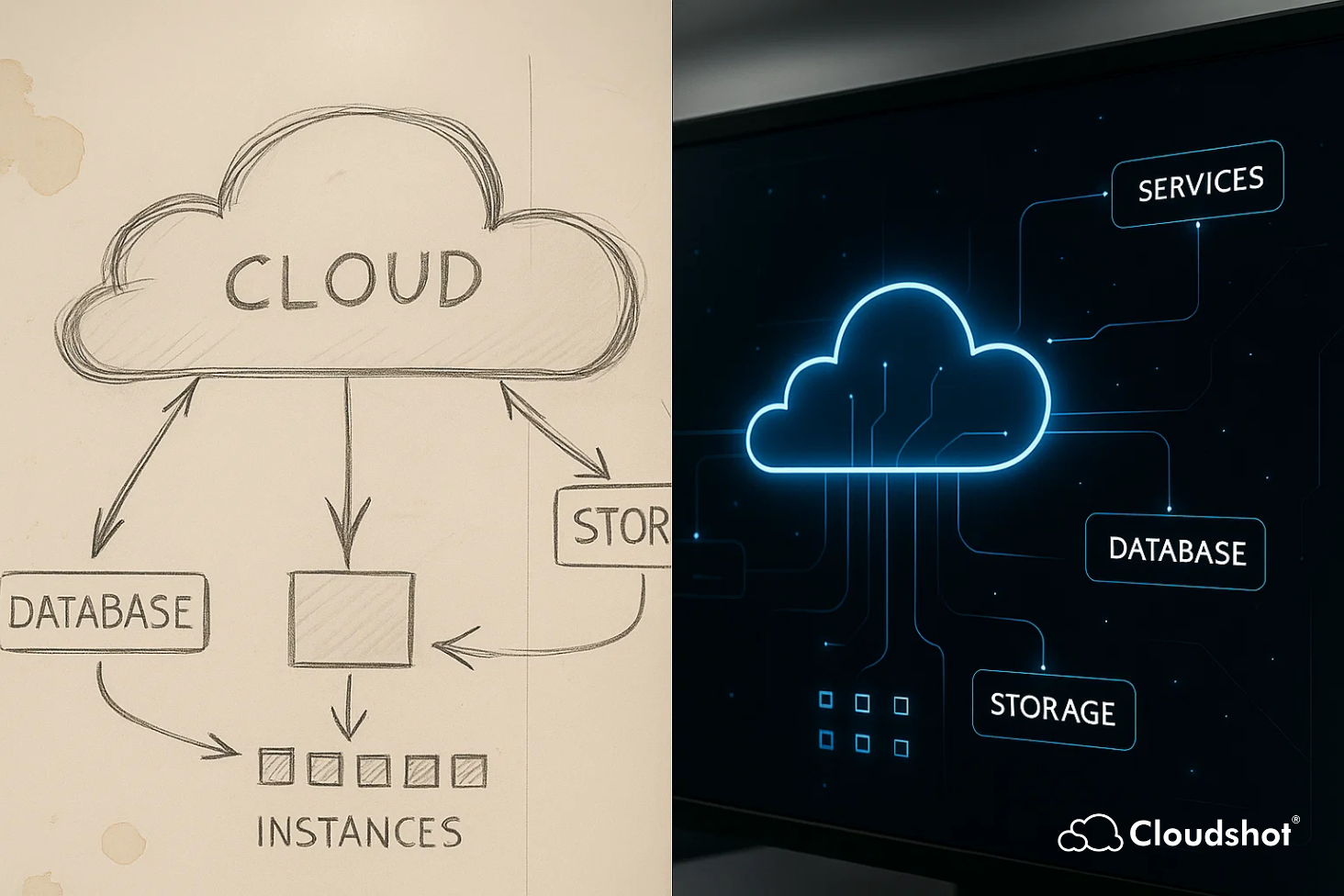In the fast-paced world of cloud infrastructure, a diagram that's almost accurate might as well be useless.
That truth hit home for a DevOps team during a major product launch—they turned to their beautiful architecture diagram for answers, but it didn't even show the component that broke.
That's not just a one-off problem. It's a systemic failure of how we visualize cloud architecture.
The Problem: Outdated Diagrams in a Real-Time World
Static diagrams—whether created in Visio, Lucidchart, or Miro—look polished. But when your environment changes daily, those diagrams become liabilities.
They go stale almost immediately
Cloud infrastructure is dynamic. Services scale up, down, or shift across regions. A diagram exported last week might already be misleading today.
They ignore cross-cloud dependencies
DevOps teams increasingly span AWS, Azure, and GCP. Traditional diagrams can't show how a load balancer in AWS might affect a database in Azure or a microservice in GCP.
They fail under pressure
During outages, engineers flip through PDFs or whiteboard photos, trying to reconstruct reality. Every delay in root cause identification costs money—and trust.
When Visibility Breaks, Trust Follows
These blind spots aren't just annoying. They're dangerous. They cost real time, cause real downtime, and lead to team burnout when fire drills become the norm.
Outages don't wait for diagrams to be updated. When a service fails, leaders want fast answers. But DevOps teams can't deliver if their tooling is weeks behind reality.
This disconnect causes chaos:
- Engineers waste time validating diagrams instead of solving problems
- Communication gaps widen between tech and business teams
- Postmortems become finger-pointing sessions
And once leadership loses faith in infrastructure visibility, every alert becomes a crisis, every deployment feels like a gamble.
The Solution: Real-Time, Living Cloud Architecture
That's where Cloudshot steps in—transforming outdated diagrams into live, visual infrastructure.
Always-accurate topology maps
Cloudshot continuously maps your infrastructure in real time across AWS, Azure, and GCP. No manual updates. No blind spots.
Visual diff for drift and misconfigs
See what changed, when, and why. Cloudshot highlights drift between environments so you catch issues before they cascade.
Shared visibility across roles
From DevOps leads to CTOs and FinOps controllers, everyone gets the same live view—contextualized to their role. That means less confusion and faster decisions.
Incident mode built-in
When something breaks, Cloudshot becomes your incident map. No toggling, no searching—just clarity.
"We replaced four tools and three static diagrams with Cloudshot. Now when things go wrong, we actually know where to look—and our resolution times dropped by 60%."
— Senior DevOps Engineer, Global SaaS Company
Outages Will Keep Happening—Will You Be Ready?
Your architecture is evolving in real time. Shouldn't your visibility evolve too?
